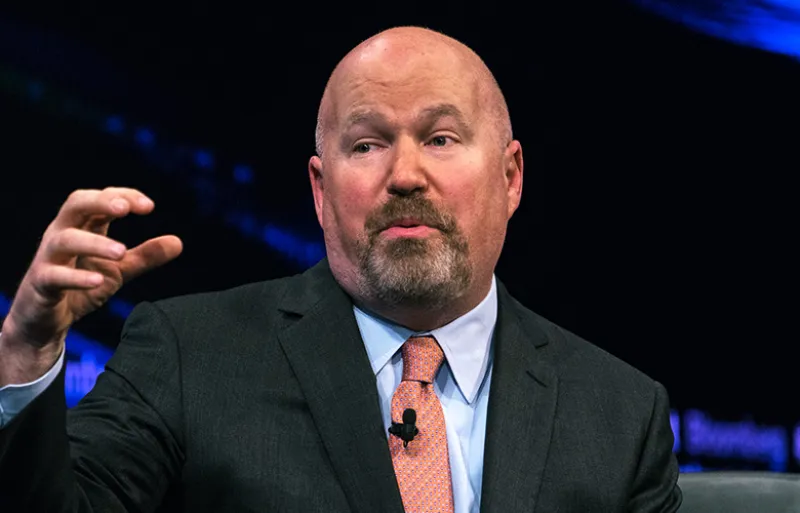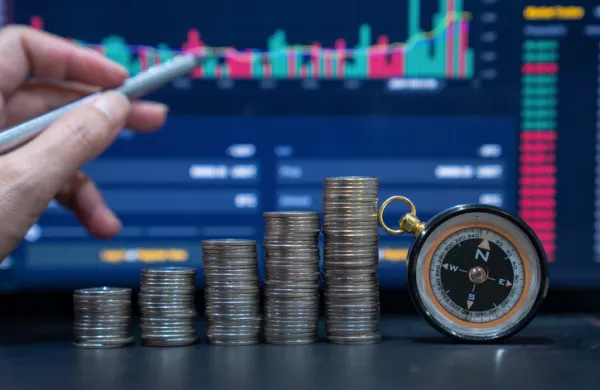Suggestions that risk parity is to blame for the stock market's sell-off this week are “poppycock,” according to AQR Capital Management co-founder Cliff Asness.
“Yes, it’s come to this; they’ve driven me to swear like Mrs. Doubtfire,” Asness wrote in a blog post February 7. He was responding to a “legion of commentators” who claimed recent volatility was the result of systematic strategies like risk parity and trend following – the types of strategies for which AQR is known.
While Asness admitted that it’s “not unreasonable” to conclude that a strategy designed to target volatility or follow trends is likely to sell off during market losses, he argued that there were not enough assets invested in risk-parity and trend-following funds for them to be the cause of market turbulence. In short, the machines aren't to blame.
“If they just want to make accusations with nothing to support them, then they’re just irresponsible yentas throwing shade they can’t back up,” Asness said of market commentators.
To back up his own view, Asness pointed to research from his “far less belligerent and snarky” colleague, Michael Mendelson, who is a portfolio manager of AQR's risk parity strategies.
[II Deep Dive: AQR’s Asness Calls NY Governor a ‘Lying Thief’]
According to Mendelson, risk parity funds account for only about $70 billion of global equities, mostly in the form of index futures.
“It is very unlikely that more than a small fraction of that would be sold, even if very high volatility continues for a while,” he wrote in his own blog post February 7. “With their total equity holdings summing to only about 10 percent of one day’s global market volume, it would be very difficult to imagine risk parity managers ever selling more than a low single-digit percentage of a day’s volume even if they went mad; they just don’t hold enough stock.”
As for trend-following strategies, which Mendelson estimated also held about $70 billion, the AQR partner said that these trades, while “very likely to be larger than risk parity trades,” would still be too small to represent more than a single-digit percentage of any day’s market volume.
“It takes an awful lot to move big global stock markets and the sizes and trading speed of risk parity and trend-following strategies just don’t get you there,” he said. “We don’t know what caused the market sell-off, but we do know that, once again, it wasn’t ‘the machines.’”

Source: Preqin Private Equity Online.





